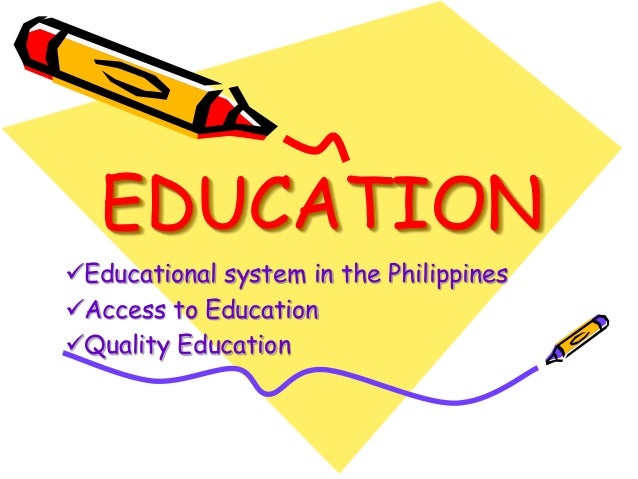Education is not a privilege. It is a human right.

what is human rights?
Education as a human right means:
- the right to education is legally guaranteed for all without any discrimination
- states have the obligation to protect, respect, and fullfil the right to education
- there are ways to hold states accountable for violations or deprivations of the right to education
uman rights are inherent to all human beings, regardless of nationality, sex, national or ethnic origin, color, religion, language, or any other status. They cannot be given or taken away.
Human rights are the foundation for freedom, justice and peace in the world.
They are formally and universally recognised by all countries in the Universal declaration on human rights the adoption of the UDHR, many treaties have been adopted by states to reaffirm and guarantee these rights legally.
International human rights law sets out the obligations of states to respect, protect, and fulfil human rights for all. These obligations impose specific duties upon states, regardless of their political, economic, and cultural systems.
All human rights are universal, indivisible, interdependent, and interrelated .
Equality and non-discrimination are foundational and cross-cutting principles in international human rights law. This means that all human rights apply to everyone.

Ensure inclusive and equitable quality education and promote lifelong learning opportunities for all
Since 2000, there has been enormous progress in achieving the target of universal primary education. The total enrolment rate in developing regions reached 91 percent in 2015, and the worldwide number of children out of school has dropped by almost half.
There has also been a dramatic increase in literacy rates, and many more girls are in school than ever before. These are all remarkable successes.
Progress has also faced tough challenges in developing regions due to high levels of poverty, armed conflicts and other emergencies. In Western Asia and North Africa, ongoing armed conflict has seen an increase in the proportion of children out of school. This is a worrying trend.
While sub-Saharan Africa made the greatest progress in primary school enrolment among all developing regions – from 52 percent in 1990, up to 78 percent in 2012 – large disparities still remain. Children from the poorest households are four times more likely to be out of school than those of the richest households. Disparities between rural and urban areas also remain high.
Achieving inclusive and quality education for all reaffirms the belief that education is one of the most powerful and proven vehicles for sustainable development. This goal ensures that all girls and boys complete free primary and secondary schooling by 2030. It also aims to provide equal access to affordable vocational training, and to eliminate gender and wealth disparities with the aim of achieving universal access to a quality higher education.
Quality education is one of 17 Global Goals that make up the 2030 agenda of social development. An integrated approach is crucial for progress across the multiple goals.

FACTS AND FIGURES:
- Enrollment in primary education in developing countries has reached 91 percent.
- Still, 57 million primary-aged children remain out of school, more than half of them in sub-Saharan Africa.
- In developing countries, one in four girls is not in school.
- About half of all out-of-school children of primary school age live in conflict-affected areas .
- 103 million youth worldwide lack basic literacy skills, and more than 60 percent of them are women.
- Globally, 6 out of 10 children and adolescents are not achieving a minimum level of proficiency in reading and math.
THE TARGETS:
- By 2030, ensure that all girls and boys complete free, equitable and quality primary and secondary education leading to relevant and effective learning outcomes.
- By 2030, ensure that all girls and boys have access to quality early childhood development, care and pre-primary education so that they are ready for primary education.
- By 2030, ensure equal access for all women and men to affordable and quality technical, vocational and tertiary education, including university.
- By 2030, ensure equal access for all women and men to affordable and quality technical, vocational and tertiary education, including university.
- By 2030, eliminate gender disparities in education and ensure equal access to all levels of education and vocational training for the vulnerable, including persons with disabilities, indigenous peoples and children in vulnerable situations.